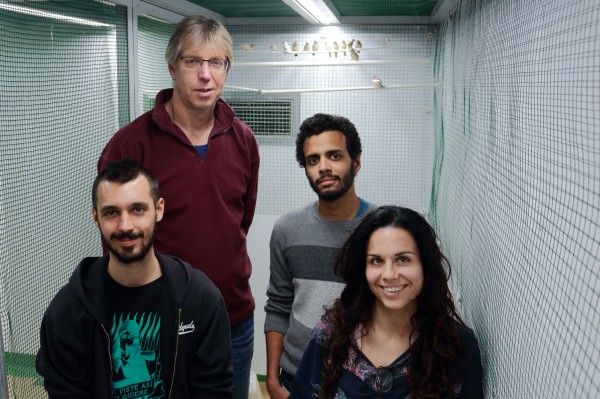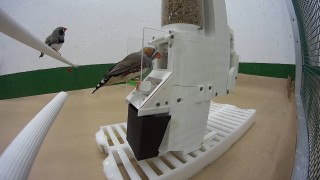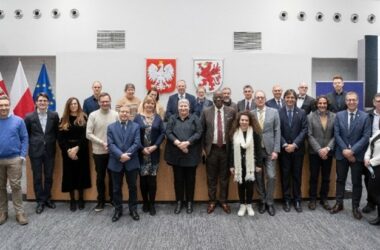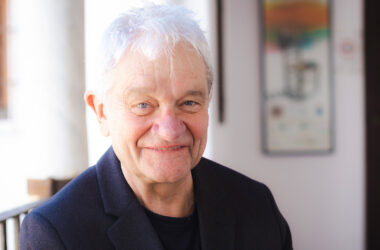
Researchers Pim Edelaar at Pablo de Olavide University (Seville, Spain) and Daniel Bolnick at the University of Connecticut (USA) have developed a classification of the different ways that living beings can improve their success in relation to their environment. This theoretical framework is a conceptual tool that helps to understand and contemplate the total range of options that an organism has to relate to its environment, recognizing all the processes that may be relevant in the real world (such as in the fields of Biology, Medicine, Sociology and Economics). «Many times some processes are overlooked, but all are necessary to better understand what is happening or think of what could be done,» explains Pim Edelaar. The results have been published in Trends in Ecology and Evolution, the most important journal in the areas of Ecology and Evolution.
As the publication describes, individuals and populations can increase their success through a wide variety of options to relate to the environment. All these options can be classified according to two characteristics: what aspect is changing (the organism or its environment?), and how this change occurs (through a process of adjustment or of selection?), thus offering four combinations that together form a square.
 The classification of Edelaar and Bolnick, in addition to pointing to ignored research topics, is valid for any ecological context (including interactions with other individuals and sexual partners). Therefore, it has the potential to be applicable to any field of research involving living beings, including economic and social sciences.
The classification of Edelaar and Bolnick, in addition to pointing to ignored research topics, is valid for any ecological context (including interactions with other individuals and sexual partners). Therefore, it has the potential to be applicable to any field of research involving living beings, including economic and social sciences.
Dr. Edelaar presents an example of application to daily life: «How can we improve the performance of our children at school? What options do we have?». He uses this theoretical framework to group the possibilities into four processes: «On the one hand, the students could adjust to the educational system, for example working better or more. But on the other hand, it could be the teacher or the school (the environment) that adjusts to the student, for example through changes in the ways of educating (adjustment of the environment). A third way would be to enrol or change the student to a school more suited to its way of being (selection of the environment). It is important to contemplate all these options, because if they are not able to improve the performance of students, there would be the undesired fourth option that is similar to natural selection: school failure». The researchers have tested the theoretical framework in different contexts, and in all cases the possibilities proposed by people participating could be reduced to the four identified general processes.
This theoretical framework has been conceived as a tool to structure thoughts and research and hopefully avoiding events that frequently occur in current studies: that the processes are confused with each other, or even ignored. The classification helps to understand and take into account the full range of processes that may be relevant to organisms, including their evolution. Contemplating them in the design of research helps, on the one hand, to not exclude any of the possibilities, and on the other, not to condition the results of the study. «Traditionally it has been stated at natural selection is the only force driving adaptive evolution. This study opens a new door in this sense, giving more prominence to the individual and its ability to change its environment. It is not always the organism that adjusts to the environment. It is important that this option is contemplated conceptually. With this classification table, a greater diversity of possibilities is recognized and appreciated, «says Edelaar.
In order to put this theoretical framework into practice, Dr. Edelaar and colleagues have designed a series of novel experiments that are currently being carried out with the Zebra finch and the Fruit fly to test, among other objectives, whether their voluntary selection of environments is able to generate an evolutionary divergence between populations and even to produce different species.
Full bibliographic information
Edelaar, Pim y Bolnick, Daniel. Appreciating the multiple processes increasing individual or population fitness. Trends in Ecology and Evolution (2018): https://doi.org/10.1016/j.tree.2019.02.001





